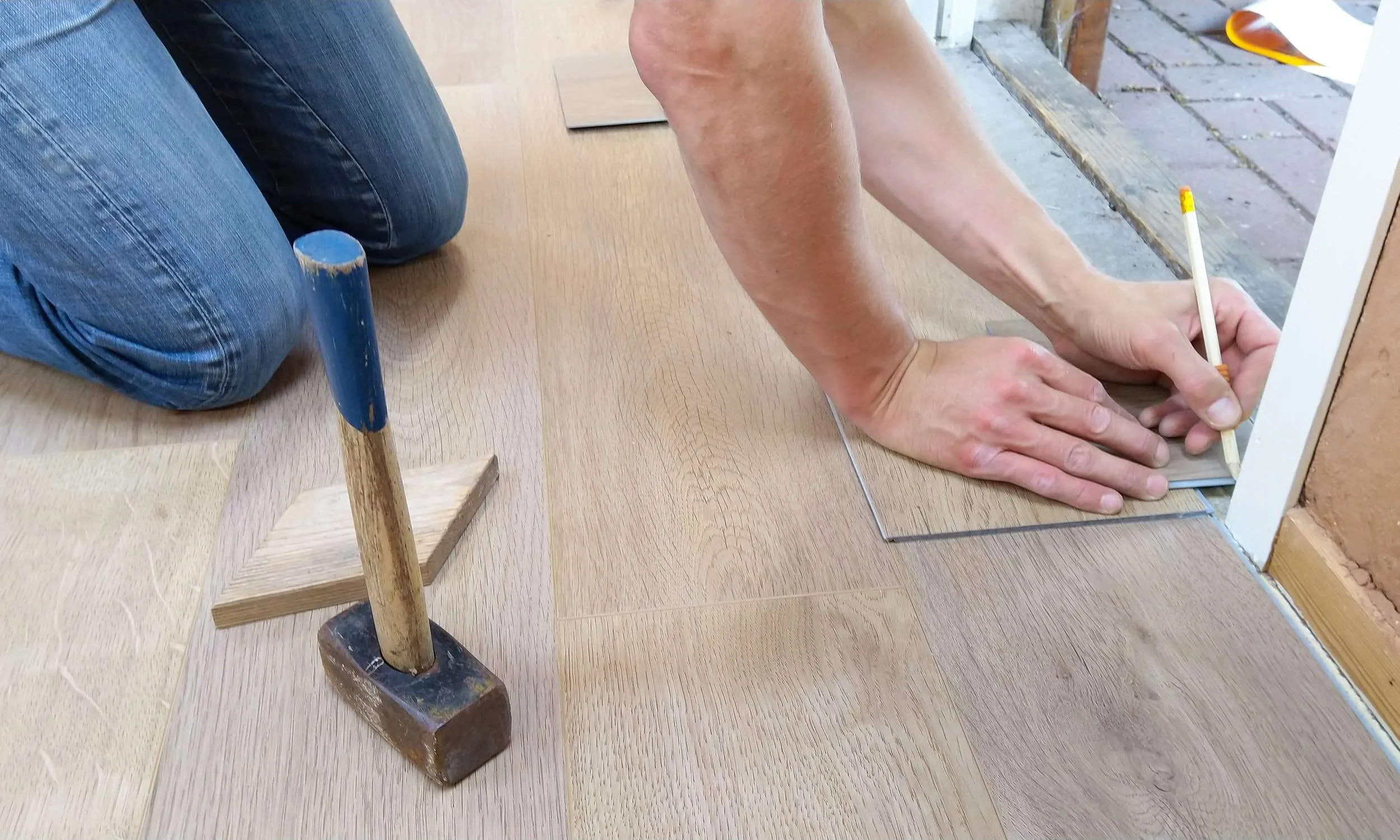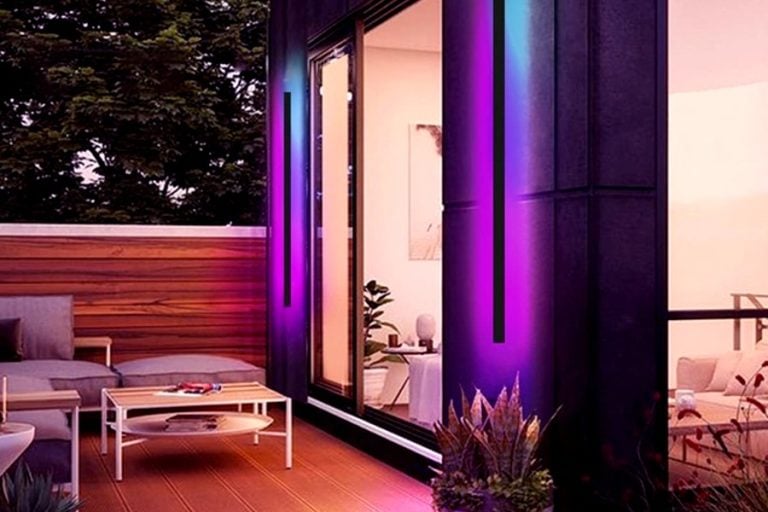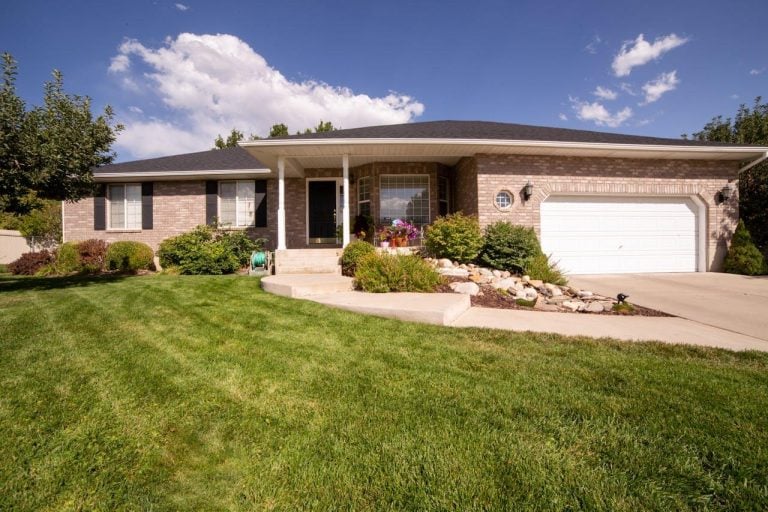Best Flooring Types for Underfloor Insulation

Table of Contents
When it comes to home comfort and energy efficiency, underfloor insulation is an essential consideration. It not only helps regulate indoor temperature but also reduces energy consumption. However, selecting the right flooring type is just as crucial as the insulation itself. In this article, we’ll delve into the best flooring types for underfloor insulation, with a special focus on Luxury Vinyl Tile (LVT) flooring.
Understanding Underfloor Insulation
Before we dive into flooring options, let’s briefly understand the significance of underfloor insulation. The concept revolves around placing insulating material beneath the floor to create a barrier between the indoor environment and the cold ground below.
This helps retain heat within the living space during colder months and prevents excess heat from entering during warmer months. For more information regarding underfloor insulation you can visit Insulation Advisor.
Criteria for Choosing Flooring with Underfloor Insulation
When selecting a flooring type to go along with underfloor insulation, several factors come into play:
Thermal Conductivity: The flooring material’s ability to conduct and retain heat affects the overall effectiveness of underfloor insulation.
Compatibility with Underfloor Heating Systems: If you’re planning to install underfloor heating, it’s crucial to choose a flooring material that can effectively transfer heat without causing damage.
Durability: The flooring should be able to withstand the temperature changes and potential moisture exposure from the underfloor insulation.
Aesthetics and Comfort: The flooring should not only be visually appealing but also comfortable to walk on, as it contributes to the overall ambience of the room.
Ease of Installation and Maintenance: Flooring that is easy to install and maintain can save you time and money in the long run.
Exploring Flooring Options
Luxury Vinyl Tile (LVT) Flooring: LVT flooring has gained significant popularity in recent years due to its versatility and aesthetic appeal. It’s an excellent choice for underfloor insulation due to its low thermal conductivity, making it an efficient insulator.
LVT flooring is also compatible with underfloor heating systems, ensuring a comfortable living space. Its durability and resistance to moisture make it a smart choice for areas with underfloor insulation, where moisture control is essential. If you believe LVT is the one for you then you can view Luvanto’s grey LVT flooring here.
Engineered Wood Flooring: Engineered wood flooring is another viable option for underfloor insulation. It offers the elegance of real wood while being more stable and less prone to warping or expansion due to temperature changes. It provides decent thermal insulation, though not as effective as LVT flooring. Engineered wood also works well with underfloor heating systems and lends a warm, natural feel to the room.
Carpet Flooring: Carpeting is known for its excellent insulating properties, both in terms of temperature and sound. When paired with underfloor insulation, carpeting can enhance heat retention and create a cozy atmosphere. However, it’s essential to choose low-pile carpets that allow efficient heat transfer, especially when used with underfloor heating.
Porcelain or Ceramic Tile Flooring: These tiles are known for their durability and resistance to temperature changes. While they might not offer significant insulation on their own, they can be paired with underfloor heating systems to create a balanced thermal environment.
Natural Stone Flooring: Natural stone, such as granite or limestone, is a high-density material that can retain and slowly release heat. While not as commonly chosen as other options, it can be effective when used with underfloor heating. However, proper installation and sealing are essential to prevent moisture-related issues.
Advantages of LVT Flooring in Underfloor Insulation
As mentioned earlier, Luxury Vinyl Tile (LVT) flooring deserves special attention due to its compatibility with underfloor insulation. Here are some key advantages of using LVT flooring in conjunction with underfloor insulation:
Low Thermal Conductivity: LVT flooring’s low thermal conductivity ensures that heat is retained within the room, contributing to energy efficiency.
Compatibility with Underfloor Heating: LVT flooring allows efficient heat transfer, making it ideal for homes with underfloor heating systems. It ensures even heating throughout the room.
Moisture Resistance: LVT flooring’s moisture resistance makes it a suitable choice for areas with underfloor insulation, where moisture control is crucial to prevent mold and damage.
Aesthetic Appeal: LVT flooring comes in a wide range of styles and designs, allowing you to choose a look that complements your interior decor.
Easy Maintenance: LVT flooring is easy to clean and maintain, which is essential in spaces with underfloor insulation.
Conclusion
Choosing the right flooring type for underfloor insulation is a decision that impacts both the comfort and energy efficiency of your home. Each flooring material has its strengths and considerations, but Luxury Vinyl Tile (LVT) flooring stands out as an excellent choice due to its low thermal conductivity, compatibility with underfloor heating, moisture resistance, and aesthetic appeal.
When making your decision, consider factors like thermal conductivity, compatibility with heating systems, durability, aesthetics, and maintenance. By combining the right flooring with effective underfloor insulation, you’ll create a comfortable and energy-efficient living space for years to come.






